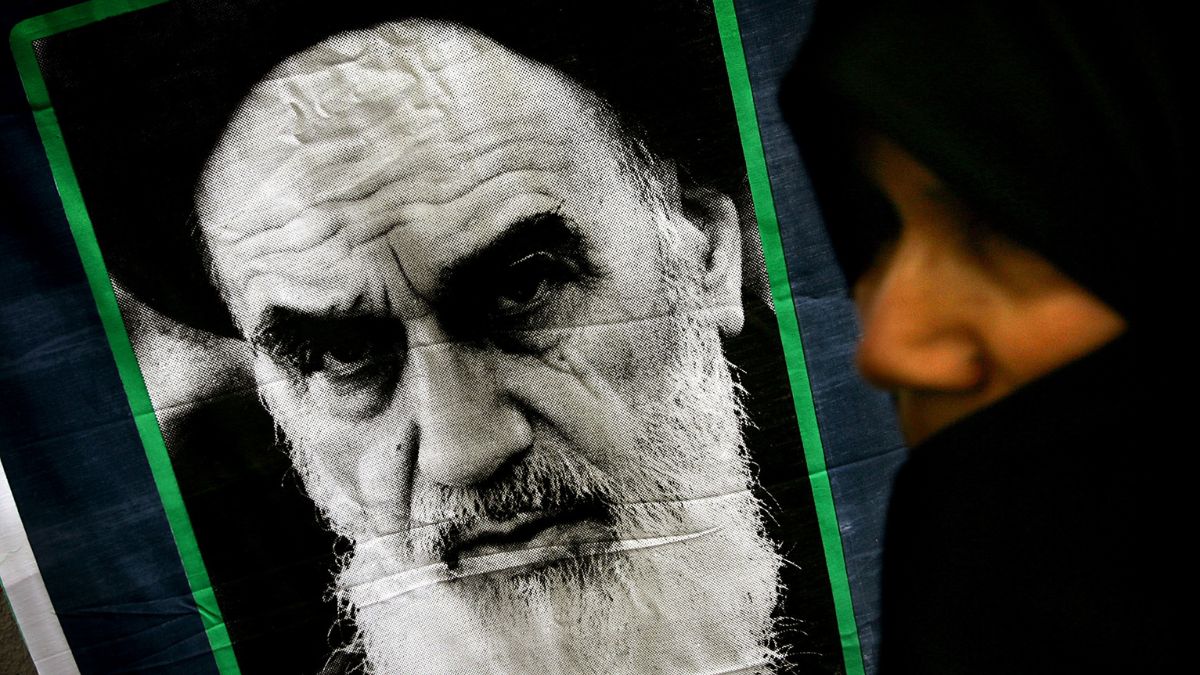Tensions between Iran and Israel are high.
Fresh concerns have come up after reports claimed that US President Donald Trump recently blocked an Israeli plan to assassinate Iran’s Supreme Leader, Ayatollah Ali Khamenei .
Notably, Israeli authorities have not ruled out the possibility, days after an Israeli strike killed a commander of Iran’s Islamic Revolutionary Guard Corps (IRGC).
Read Israel Iran Conflict LIVE updates here .
Now, there is growing curiosity over who could take over if something were to happen. While Iranian politics is complex, experts are certain of one thing: Khamenei’s son will not succeed him.
In this explainer, we break down why Khamenei’s son cannot become the next leader, explore the history behind it, and end with the link between Ruhollah Khomeini, the leader of Iran’s 1979 Islamic Revolution, and Barabanki in Uttar Pradesh.
Let’s understand:
Why Khamenei’s son is unlikely to lead Iran
A BBC Persian poll of 30 Iranian experts found that many believe Mojtaba, the second son of Ayatollah Ali Khamenei, could take over his father’s role. But Iran’s own system may prevent this.
The idea of passing power through hereditary succession is widely seen as “un-Islamic” in the country.
Ayatollah Ruhollah Khomeini, who led the 1979 revolution that removed the Shah, spoke strongly against family-based rule, calling it no better than monarchy.
His thoughts on the matter are recorded in Sahifeyeh Imam Khomeini, a 21-volume set that gathers his speeches, letters, and other writings.
Khamenei, who became Supreme Leader after Khomeini in 1989, has also called hereditary rule unfit for an Islamic system.
To understand why that matters, let’s look at Khomeini’s background and a lesser-known link to Uttar Pradesh.
Impact Shorts
More ShortsWho was Ayatollah Ruhollah Khomeini?
In Iran, Ayatollah Ruhollah Khomeini’s image is everywhere, on currency notes, in classrooms, and in public buildings, often in stark black and white.
He led the 1979 Islamic Revolution, removed the Western-backed Shah, and changed Iran forever.
America’s Central Intelligence Agency, in a 1983 report, said the revolution could not have happened without Khomeini’s influence. He believed religion and politics were inseparable: “Islam is politics,” he once said.
Khomeini’s beliefs were shaped early on. He grew up deeply connected to the Shia faith, influenced by his grandfather, Syed Ahmad Musavi Hindi, whose roots trace back to the Indian town of Barabanki in Uttar Pradesh.
Khomeini paved the way for a Shia-ruled Iran, putting it at odds with the US-Saudi bloc, and reshaping power in West Asia.
ALSO READ | From oil prices to trade routes, how a war between Israel and Iran is worrying for India
Khomeini’s link to Uttar Pradesh, explained
Khomeini, the man who led Iran’s 1979 Islamic Revolution, drew inspiration from the spiritual path of his grandfather, Ahmad Hindi.
Ahmad’s move from India to Iran would go on to leave a lasting impact on Iranian politics and religion. Khomeini later became the country’s first Supreme Leader, turning Iran into a theocratic state.
According to BBC journalist Baqer Moin, Ahmad took on the name ‘Hindi’ to reflect his Indian roots.
Ahmad left Barabanki in 1830. His father, Din Ali Shah, had earlier travelled from central Iran to India during the 1700s.
Born around 1800, Ahmad grew up near Barabanki, about 30 kilometres from Lucknow, at a time when British control in India was growing after the decline of the Mughal empire.
He was one of several scholars who believed that Islam needed a revival and that Muslims should reclaim their space in society.
How Ahmad ended up in Iran
Ahmad Hindi wanted to live a life where he could grow in faith and help others do the same. So in the early 1800s, he left India for Iraq, then called Persia, to visit the Tomb of Ali in Najaf in 1830.
By 1834, he had moved to the Iranian town of Khomeyn, bought a home, and started a family. His journey was driven by a strong belief in his religion and a desire to spread it.
In Khomeyn, he married three times and had five children. One of them was Mostafa, father of Ruhollah Khomeini, who was born in 1902, according to Baqer Moin’s account.
Ahmad Hindi lived until 1869, always keeping the name ‘Hindi’ as a reminder of his Indian roots. He is buried in Karbala.
Although he died long before Khomeini’s birth, the values and faith he passed down through the family played a key role in shaping his grandson and, through him, the future of Iran.


)

)
)
)
)
)
)
)
)



